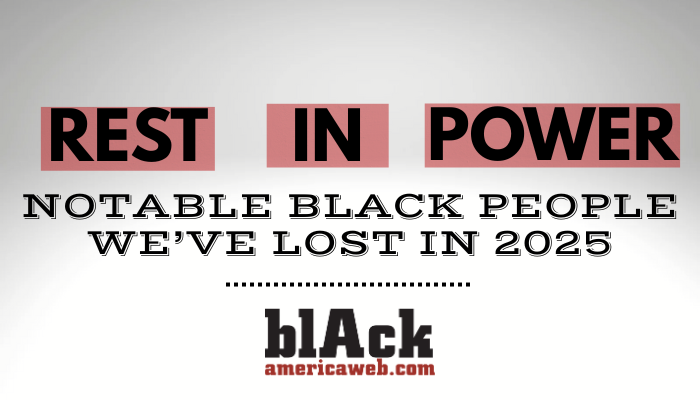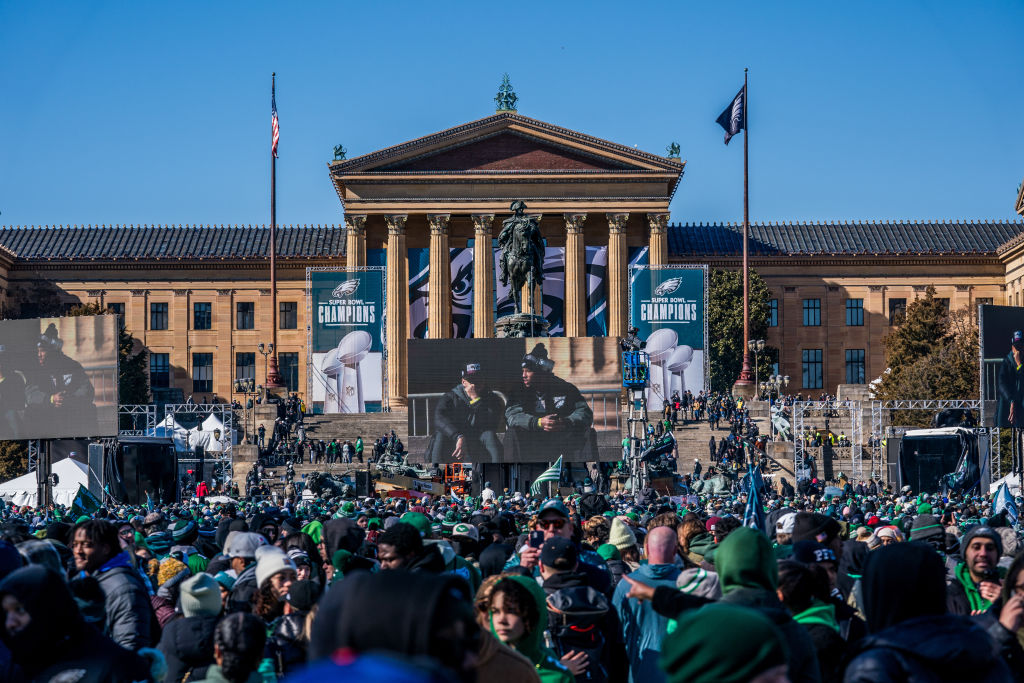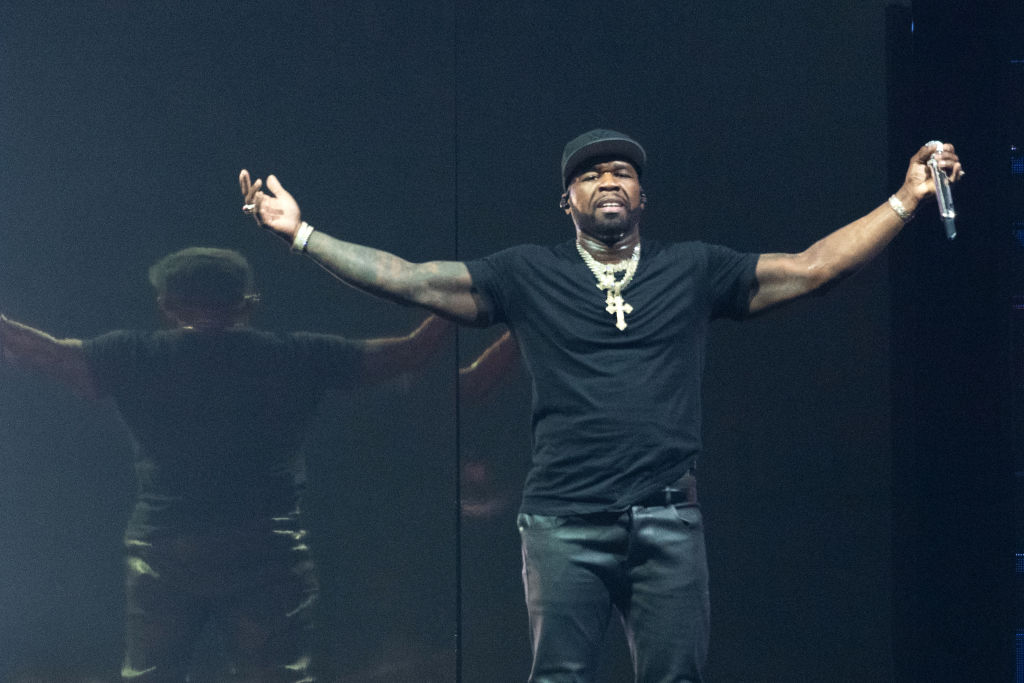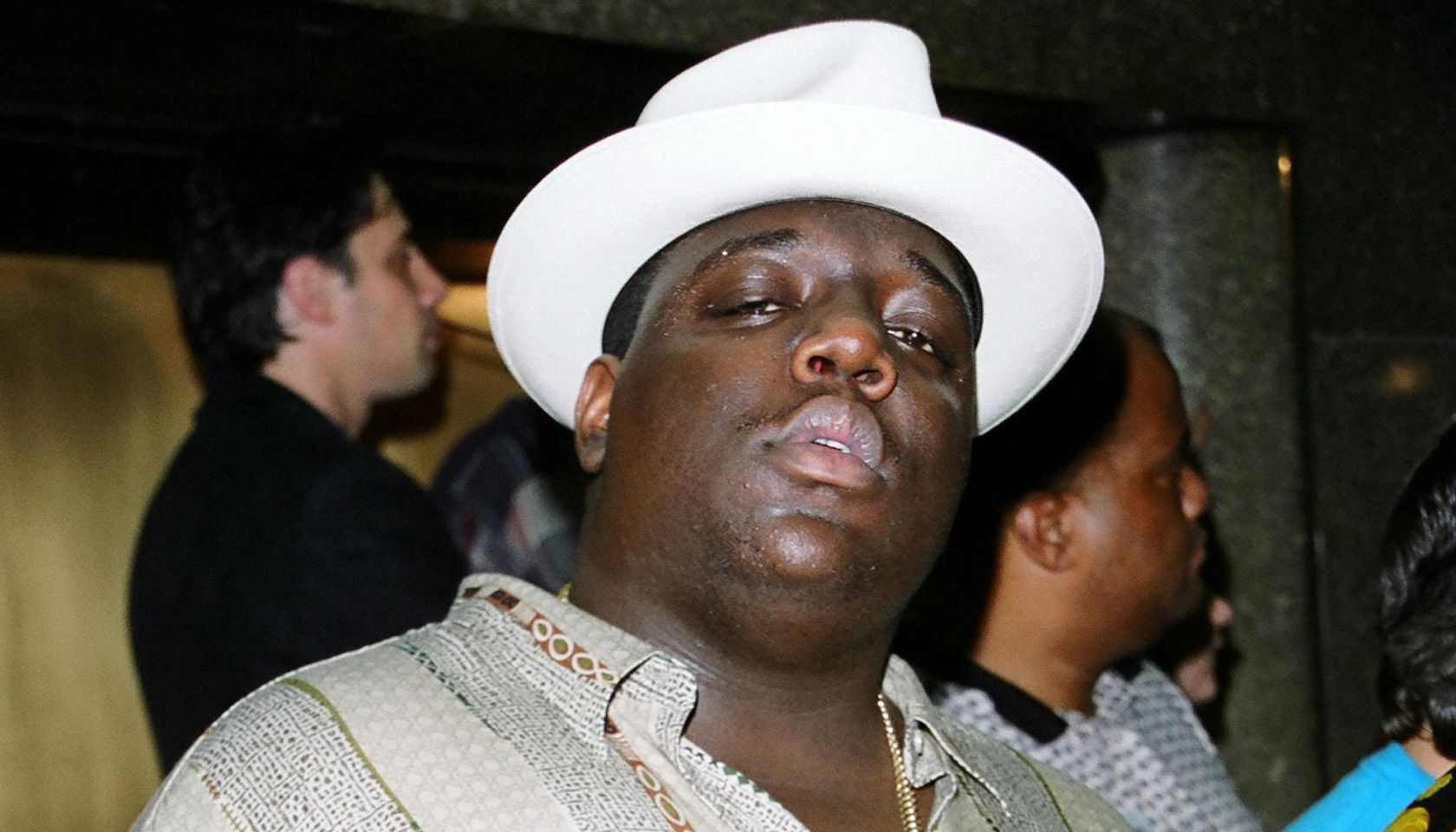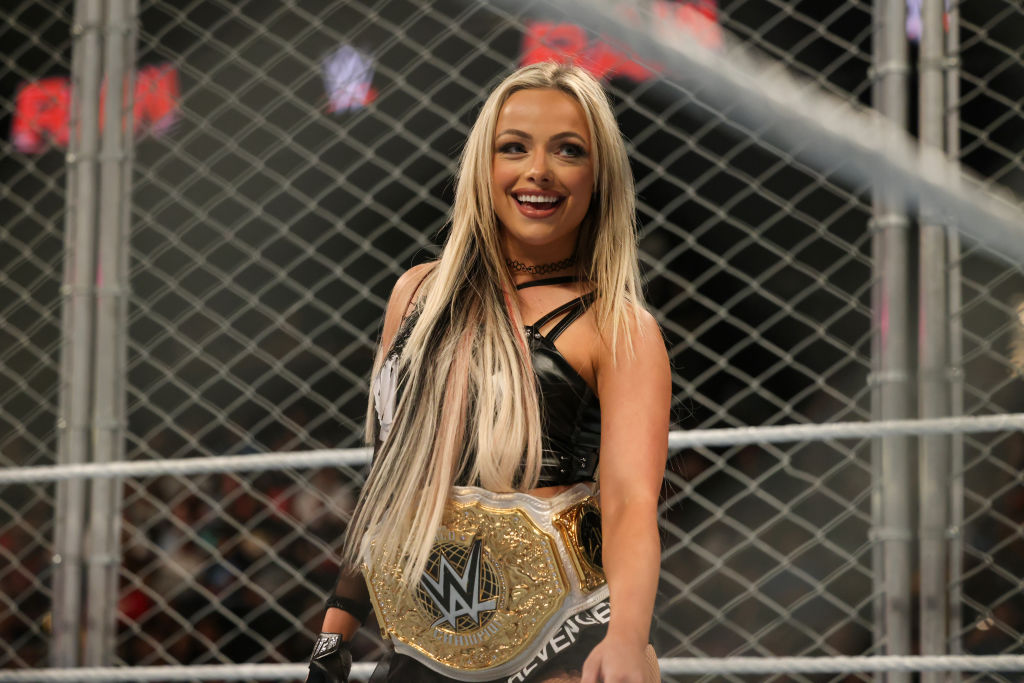Reflecting on COVID and the Tragic Loss of Breonna Taylor
Five Years Later: Reflecting on COVID-19 and Breonna Taylor’s Legacy

Source: Houston Chronicle/Hearst Newspapers / Getty
It’s been five years since the COVID-19 pandemic began reshaping the world, and we’ve all felt the impacts in ways that still echo in our daily lives. From virtual weddings and Zoom graduations to the unforgettable loss of life and the seismic shift in social movements, the past half-decade has been anything but ordinary. One incident, in particular, stood out during this challenging time: the tragic death of Breonna Taylor. Her death not only sparked outrage but was a pivotal moment for the Black Lives Matter movement and the fight for racial justice.
Many of us will never forget the creativity that sprang from the isolation. While virtual weddings became a norm, transforming what would have been a grand celebration into small Zoom ceremonies, many couples found that the pressure to throw extravagant weddings was lifted. Suddenly, it wasn’t about the size of the guest list, but about love, commitment, and a very personal celebration. Some might even call it “cheap weddings,” but in many ways, they became more intimate and meaningful.
And it wasn’t just weddings that went virtual. Birthdays, proms, graduations, and even funerals were all celebrated through screens. It may have seemed strange at the time, but in retrospect, these events fostered a sense of togetherness. Sure, we all miss the in-person connections, but being able to “attend” celebrations from our living rooms also made us realize that it’s the connections that matter, not the venue.
People also discovered how important essential workers are – a realization that became more pronounced as we were all forced to stay inside and appreciate those keeping things running. Grocery store employees, delivery drivers, healthcare workers, and so many others were suddenly on the frontlines, risking their health to keep society functioning. They became the unsung heroes of the pandemic.
And let’s not forget the benefit of staying home – many of us were actually paid to do it. The pandemic introduced government assistance programs like unemployment benefits and stimulus checks, giving people some breathing room during a time of economic uncertainty. For some, it meant catching up on rest; for others, it meant finding new ways to earn from home.
The bad side of the pandemic is undeniable. While some people used the time at home to rest or try new hobbies, many found themselves battling stress, isolation, and a complete lack of control over their lives. We were all told to stay 6 feet apart, and that sense of isolation led to widespread anxiety. Loneliness became an epidemic of its own, with mental health services stretched thin to meet demand.
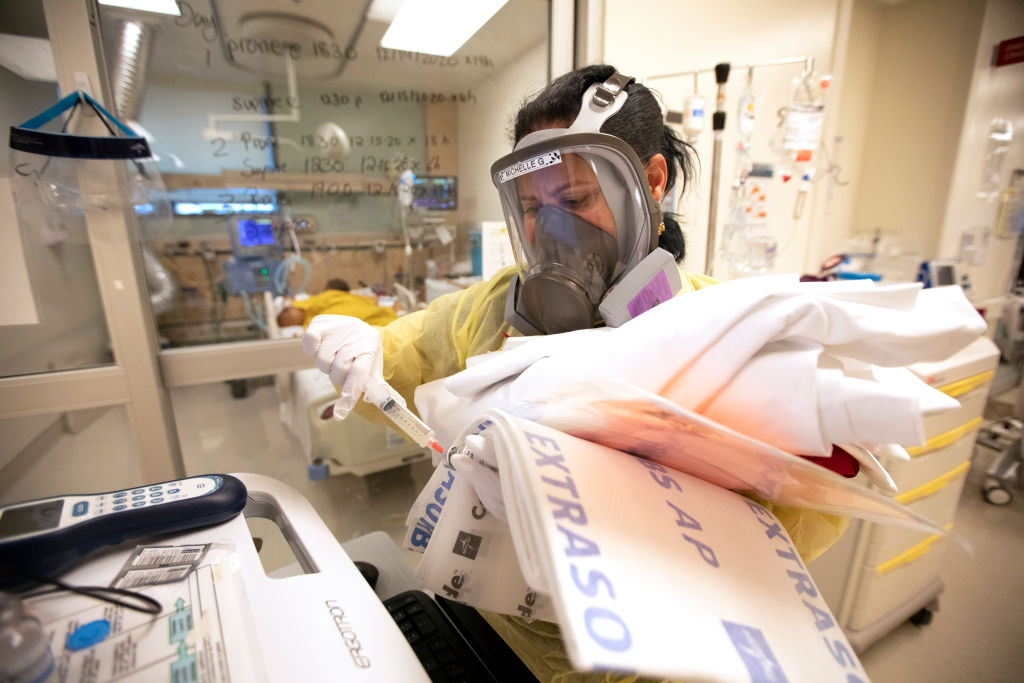
Source: Francine Orr / Getty
And let’s not even mention the long-lasting effects of the virus itself. Long COVID continues to haunt millions of survivors, leaving them with lingering fatigue, brain fog, and other debilitating symptoms that won’t just go away with a vaccine or booster shot. Some people are still feeling the aftershocks of COVID-19 – the virus that claimed millions of lives but also altered the way we live, work, and connect with each other.
The constant mask-wearing became a new norm. Initially, masks were a lifeline – a simple yet effective tool for protecting ourselves and others. But as the pandemic stretched on, fatigue set in. People resisted, made jokes, and some even declared that wearing masks was a form of oppression. The pandemic politicized public health measures in ways that would have been unimaginable before, adding tension to an already fraught time.
Perhaps the most significant and painful chapter of the pandemic was the death of Breonna Taylor, a young Black woman who was fatally shot by police during a botched raid in Louisville, Kentucky. Her death, alongside the killings of other Black Americans like George Floyd and Ahmaud Arbery, sparked a global outcry and fueled the Black Lives Matter movement in ways that were impossible to ignore.
As protests erupted across the world, many found themselves torn between the need to speak out against racial injustice and the very real threat of contracting a deadly virus. The decision to protest in the midst of a pandemic was not taken lightly, but it highlighted just how deeply people felt about systemic racism. In the face of a health crisis, they chose to take to the streets – risking their lives for the lives of others. It was a powerful reminder that when it comes to fighting for justice, sometimes the need to act is greater than the fear of what could happen.
For the Black community, the pandemic was an unprecedented time of loss, grief, and resilience. People marched not only for Breonna Taylor but for all those who have been victims of police violence. These protests marked a watershed moment in the fight for racial equality and forced the world to confront uncomfortable truths about the systems that perpetuate racial inequality.
Breonna Taylor’s death, in particular, galvanized a new generation of activists. While the pandemic kept us isolated physically, it also brought people together in powerful ways, proving that social movements can thrive even in the most challenging of circumstances.
Five years later, we continue to grapple with the pandemic’s aftermath. While the world may not be as locked down as it once was, the ripple effects are still being felt. Some people are still recovering from COVID-19, others continue to wear masks, and a good number of us are learning to live with the reality of booster shots and ongoing health concerns.
But if there’s one thing we’ve learned over the past five years, it’s that we are stronger together. We have learned to adapt, to find new ways to connect, and to rally for justice in the face of adversity. The pandemic showed us both the fragility of life and the strength of the human spirit.
Breonna Taylor’s name remains a rallying cry for justice, not just for her but for all those who have been wronged by systemic racism. While we continue to fight for equality, we also honor the resilience of those who stood up, even when it seemed like the world was falling apart.
In the end, COVID-19 and the Breonna Taylor tragedy are part of a larger story about how we, as a global society, are learning to navigate pain, loss, and hope. As we look back on the last five years, let’s remember both the triumphs and the challenges – and let’s keep pushing forward for a better, more just world.
CLICK HERE TO DOWNLOAD OUR APP AND TAKE US WITH YOU ANYWHERE!
LIKE US ON FACEBOOK. FOLLOW US ON TWITTER AND INSTAGRAM. SUBSCRIBE TO OUR YOUTUBE.
READ MORE STORIES ON THEMORNINGHUSTLE.COM
HEAD BACK TO THEMORNINGHUSTLE.COM HOME PAGE
Related Stories
Breonna Taylor Civil Rights Case: A Timeline Of Events In The Trial
Fired Cop That Killed Breonna Taylor is a Police Officer Again
Donald Trump Reportedly Sent COVID-19 Tests To Vladimir Putin, Kremlin Confirms
Five Years Later: Reflecting on COVID-19 and Breonna Taylor’s Legacy was originally published on themorninghustle.com









